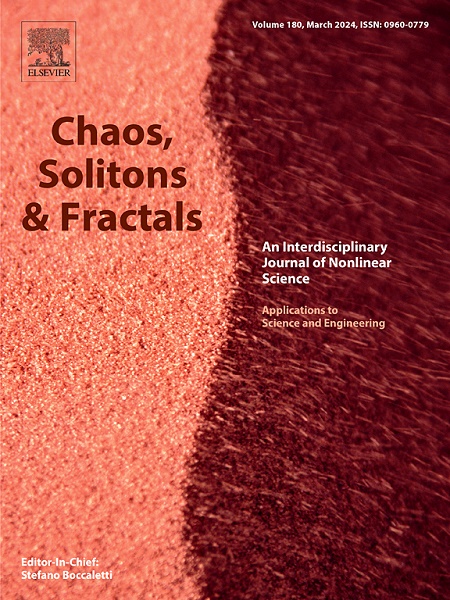斜坡道路上网联自动驾驶汽车交通流动力学研究
IF 5.3
1区 数学
Q1 MATHEMATICS, INTERDISCIPLINARY APPLICATIONS
引用次数: 0
摘要
在本文中,我们提出了一个汽车跟随模型,该模型捕捉了连接自动驾驶汽车(cav)在倾斜道路上的驾驶行为。该模型考虑了自动驾驶汽车通过通信设备接收来自多个前车信息的能力,以及与感知、计算和驱动相关的时间延迟。利用微观交通变量与宏观交通变量之间的转换关系,推导出相应的宏观交通模型。对于初始均匀平衡状态,通过线性稳定性分析得到了小扰动下的线性稳定条件,通过波前展开法导出了大扰动下的全局稳定条件。研究结果表明,增加上坡角可以增强交通流的稳定性,而增加下坡角则会降低交通流的稳定性。此外,联网自动驾驶汽车可以减轻线性和全局不稳定性。对于非均匀交通流,我们在平衡点附近进行了Hopf分岔分析。数值模拟验证了坡角和联网自动驾驶对交通稳定性的影响。最后,我们给出了Hopf分岔的相图,并用MatCont软件对其类型进行了分类。本文章由计算机程序翻译,如有差异,请以英文原文为准。
Study on traffic flow dynamics of connected autonomous vehicles on road slopes
In this paper, we propose a car-following model that captures the driving behavior of connected autonomous vehicles (CAVs) on sloped roads. The model considers the ability of CAVs to receive information from multiple preceding vehicles via communication devices, as well as the time delays associated with perception, computation, and actuation. By leveraging the transformation relationship between microscopic and macroscopic traffic variables, we derive a corresponding macroscopic model. For the initial homogeneous equilibrium state, the linear stability condition under small disturbance is obtained by linear stability analysis, and the global stability condition under large disturbance is derived by wave front expansion method. Our findings indicate that increasing the upslope angle enhances traffic flow stability, whereas increasing the downslope angle reduces it. Furthermore, incorporating connected autonomous vehicles mitigates both linear and global instability. For non-uniform traffic flow, we perform a Hopf bifurcation analysis near the equilibrium point. Numerical simulations verify the effects of slope angle and connected autonomous driving on traffic stability. Finally, we present a phase diagram of the Hopf bifurcation and classify its types using MatCont software.
求助全文
通过发布文献求助,成功后即可免费获取论文全文。
去求助
来源期刊

Chaos Solitons & Fractals
物理-数学跨学科应用
CiteScore
13.20
自引率
10.30%
发文量
1087
审稿时长
9 months
期刊介绍:
Chaos, Solitons & Fractals strives to establish itself as a premier journal in the interdisciplinary realm of Nonlinear Science, Non-equilibrium, and Complex Phenomena. It welcomes submissions covering a broad spectrum of topics within this field, including dynamics, non-equilibrium processes in physics, chemistry, and geophysics, complex matter and networks, mathematical models, computational biology, applications to quantum and mesoscopic phenomena, fluctuations and random processes, self-organization, and social phenomena.
 求助内容:
求助内容: 应助结果提醒方式:
应助结果提醒方式:


